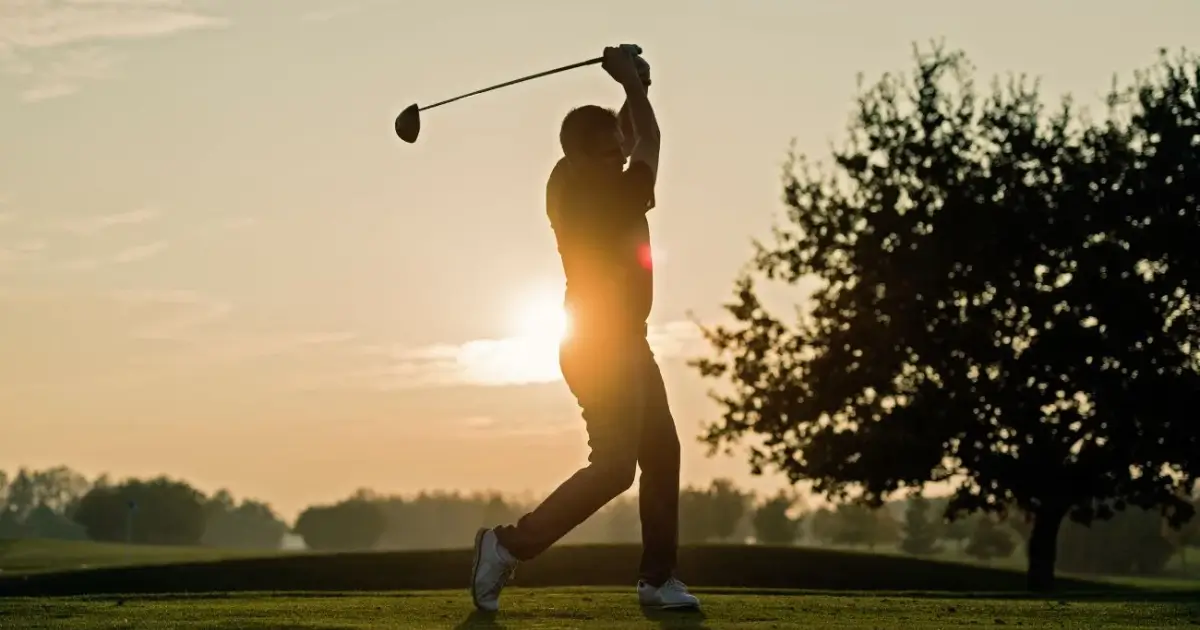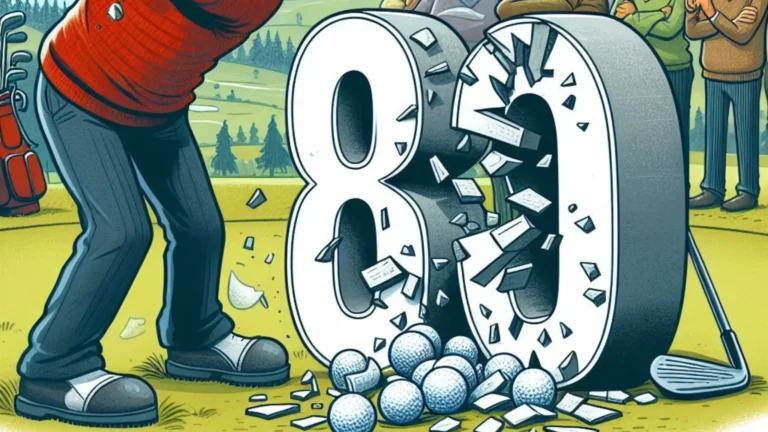Understanding the Average Swing Speed by Age
In games, every athlete works to reach their full potential and push the limits of their physical abilities. Swing speed is an important factor that often determines success, especially in sports such as golf, baseball, and tennis. Understanding the average swing speed by age can provide useful information about an athlete’s development, training regimen, and potential for improvement. This comprehensive guide delves into the complexities of average swing speed by age, its significance, and how it varies by age group, allowing athletes, coaches, and enthusiasts to make informed decisions and maximize performance.
Importance of Swing Speed
Swing speed, the velocity with which an athlete swings a tool such as a golf club, baseball bat, or tennis racket, is critical in determining the distance, power, and overall effectiveness of their shots. Higher swing speeds are typically associated with increased ball speed, distance, and more powerful shots. However, it is critical to strike a balance between speed and control, as excessive speed without proper technique can result in inaccuracy and inconsistencies.
Factors influencing swing speed
Several factors influence an athlete’s swing speed, including age, physical strength, flexibility, technique, and overall athletic ability. Age, in particular, is an important determinant because it influences an individual’s physical development, muscle strength, and coordination. Understanding the average swing speed by age allows athletes to track their progress, identify areas for improvement, and tailor their training accordingly.
The Science of Swing Speed Development
To truly understand the nuances of swing speed development, it is necessary to investigate the underlying scientific concepts. This section delves into the biomechanics of swing mechanics, the role of muscle fibers, and how growth and development affect an athlete’s swing speed capacity.
Breaking Down the Average Swing Speed by Age
Age group: 6-10 years old
At this stage, children are still developing their motor skills, coordination, and overall athletic abilities. The average swing speed for this age group ranges between 40 and 60 mph, depending on physical maturity, training, and natural talent.
Age group: 11-14 years old
Children’s physical growth and development accelerate as they enter pre-teen and early adolescence. This period is critical for developing a strong foundation in swing mechanics and technique. The average swing speed for this age group ranges between 60 and 80 mph, with exceptional athletes reaching even higher speeds.
Age group: 15-18 years old
Adolescent athletes experience significant physical and hormonal changes, which can have a significant impact on their swing speed. As their bodies mature and muscle strength increases, so does their potential swing speed. The average swing speed for this age group ranges from 80 to 100 mph, with elite athletes exceeding 110 mph.
Age Range: 19-25 Years Old
This age range represents the peak of many athletes’ physical abilities. Swing speeds can soar with proper training and technique, with top-level professionals regularly averaging 100 to 120 mph. Individual variations do exist, however, depending on factors such as body composition, training regimen, and natural talent.
Age Range: 26-35 Years Old
As athletes enter their late twenties and early thirties, their swing speed may gradually decline due to muscle loss, injury recovery, and the natural aging process. However, with dedicated training and proper conditioning, many athletes in this age group can maintain swing speeds ranging from 90 to 110 mph.
Age group: 36 years and older
Maintaining swing speed becomes more difficult for athletes in their late thirties and beyond. The average swing speed for this age group ranges from 80 to 100 mph, with exceptional athletes capable of reaching even higher speeds. However, factors such as injury prevention, flexibility, and overall physical conditioning become increasingly important for maintaining performance levels.
Training and Optimization Strategies
To maximise swing speed potential at any age, athletes must follow a comprehensive training regimen that includes strength training, flexibility exercises, and technique refinement. This section looks at different training methods, such as plyometrics, weighted bat/club drills, and specialised swing mechanics coaching, to help athletes achieve their swing speed goals.
Injury Prevention and Longevity
While pursuing faster swing speeds may be appealing, it is critical to prioritize injury prevention and long-term athletic endurance. This section goes over the significance of proper warm-up routines, recovery protocols, and the role of sports medicine professionals in preserving optimal swing mechanics and lowering the risk of overuse injuries.
The Future Of Swing Speed Analysis
Swing speed analysis and optimization are evolving in tandem with technological and scientific advances. This section delves into emerging technologies such as motion capture systems, biomechanical analysis tools, and data-driven training methods, which can provide athletes and coaches with valuable insights and personalized training recommendations.
FAQs
1. What is the average swing speed for men?
The average swing speed for men varies according to their age, fitness level, and experience. Typically, it ranges between 80 and 95 miles per hour. However, dedicated training and proper technique can make a significant difference in this figure.
2. What’s Rory McIlroy’s swing speed?
Rory McIlroy, known for his powerful drives, has an impressive swing speed averaging 120 to 125 mph. His exceptional athleticism and refined mechanics contribute to this incredible speed.
3. How do you get a 120 mph swing speed?
To achieve a swing speed of 120 MPH, work on improving your strength, flexibility, and technique. Incorporate exercises that promote core stability and rotational power. Working with a qualified golf instructor can help you improve your swing mechanics for maximum efficiency and speed.
4. What is my swing speed if I hit the driver 230 yards?
Calculating swing speed solely on driving distance is difficult due to varying launch conditions and equipment factors. To accurately assess your swing speed, use a launch monitor or consult with a golf professional.
5. How can I increase clubhead speed by 10 MPH?
Increasing clubhead speed by 10 MPH necessitates a comprehensive strategy. Strength train using explosive movements like kettlebell swings and medicine ball throws. Increase your flexibility with dynamic stretching and yoga. Also, improve your swing mechanics to maximize energy transfer and speed.
6. What is the swing speed required to hit 300 yards?
Hitting a golf ball 300 yards requires a swing speed that exceeds 110 miles per hour. However, achieving this distance is also dependent on variables such as launch angle, spin rate, and ball contact. Consistent practice and proper equipment fitting are essential for achieving such distance objectives.
Conclusion
Unlocking the secrets of average swing speed by age requires scientific knowledge, dedicated training, and a commitment to continuous improvement. By following the principles outlined in this comprehensive guide, athletes of all ages can gain a better understanding of their swing speed potential, make informed training decisions, and strive for peak performance while focusing on injury prevention and longevity. Whether you’re a young athlete starting out or a seasoned professional looking to improve your swing, this guide will help you unlock the secrets of swing speed and achieve greatness in your chosen sport.







